First, being in the marketing trade this might conventionally disqualify my feedback, but I wish you and @Michelle all well, and hope you will get enough responses to establish some good qualitative research for establishing some different user profiles and behavior metrics. (But quantitatively balanced research may still be something, eventually, that you’ll want to budget for.) That said, here is my feedback.
I saw the Glowforge through its initial crowdfunding ad in Oct 2015 through social groups/conversations (FB/Twitter) related to crowdfunding and entrepreneurship, as well as chatting about “this new laser company” with fellow grad school alums (since entrepreneurship is a big emphasis) and folks at our local entrepreneurship incubation and launching group.
So that’s to say the good pitch production quality; clarity of a differentiating pitch (about what one can do with it to integrate into one’s life and creativity); attractive form factor (“Apple”-like); and the personality and involvement of Dan as a front man sold me on wanting to support him and the fellow team. I also could imagine right away projects I wanted to make—and even some projects that might help monetize it (also a good part of the pitch). You all seemed to be getting a good handle on not just hardware, but I respected the whole UX and user journey you envisioned.
Yet having been burned by some crowdfunding campaigns — it’s amazing how losing only $120 on products like ThingCharger can apply emotional leverage — I took about a year to see how the GF community was coming together and to really feel out and see if I wanted to buy in. So when the 2016 shipment window was sounding promising, I decided to take the leap. But in reality, when it didn’t materialize on time, based on what I had been valuing in making my decision, I still decided to stick with you all. Again, Dan was a part of the brand that I had started to trust.
It was still a big expense—which is a barrier more because I knew how expensive pro equipment can be, so had some doubts if a reliable product would result from a new company at a relatively fair (but still expensive) hobby price (not counting el cheapo “russian roulette” no-name equipment). The discount did help.
So I did some extra work to stash away “pocket money” for the purchase and surprised my wife and sons by buying it. They know there is a “new tech” charm to getting a new tool—but my wife said we also could have got my teenage son his first beater car for the cost. So it helped close the deal after delivery that I immediately helped create props for my wife’s job that she sees that I probably can help monetize this a bit professionally, too.
I liked the pitch for the ecosystem of having ready-to-print projects — and even a market where others could buy/sell plans. Kudos for the tasteful, curated “designer” look to many projects available there, but so far I’m underwhelmed at volume and cost/value. Honestly, I want plans delivered for more customizability for the kind of prices charged—otherwise I feel you need to rethink the value equation. Materials are expensive—though competively priced—and while a plan cost is time saved creating it oneself, and I don’t expect that necessarily all should be free (say with Proofgrade purchases), I still foresee regular desire to be creative and further customize, not just pop-and-print a project with a typeface or clip art stuck on it. The prices, generally, on there are too expensive to get me to buy in just for a baseline of the other work that will be needed. Thus, why not just create from scratch? Or go buy a less expensive plan off another site and then invest in the extra time/effort to customize it to my liking before printing?
I think the ecosystem is a potential for significant differentiation and making the user experience/journey really special. But overcoming the perceived cost of making mistakes (potentially high plan and material costs) is one obstacle. Another is that my family sees the extra effort it takes to learn and test (notwithstanding all that is objectively differentiated, improved and delivered so far). These obstacles may keep my less technical family from seeing it as “family equipment” and jumping in to use it like it were a convenient appliance for making things.
My wife was immediately disappointed she couldn’t put her iPhone into the forge, have it be recognized, and successfully engrave it. When I get oohs and ahs from friends and family who see this attractive equipment, what is needed is a more affordable and much more project-filled ecosystem that is create-consume integrated than what we yet have in order to sell them. Otherwise they see the forge as an attractive tool that a “creative type” like me would buy—like a hobbyist woodworker might get a new planer or saw, or a seamstress a new bells-and-whistles machine. (That said, they notice the versatility, flexibility, and fun I’m having taking an idea to relatively quickly having something in hand.)
Maybe it was naive, but I partly hoped that integrated UX product-project ecosystem is what would happen to really zing being in the “Glowforge family” — and maybe it still will — because that is the vision I took away from the original ad.

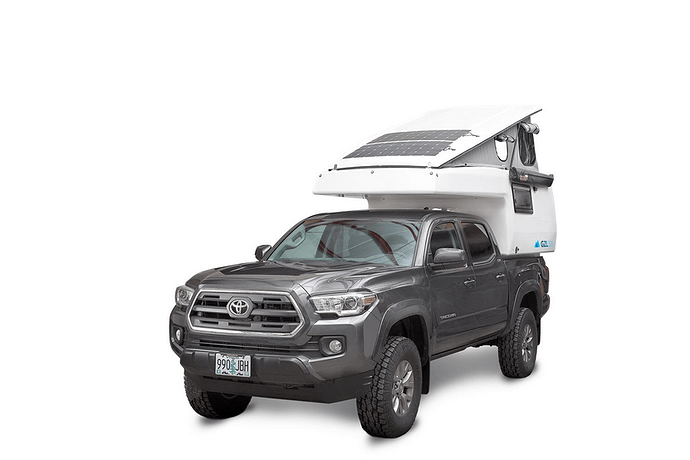
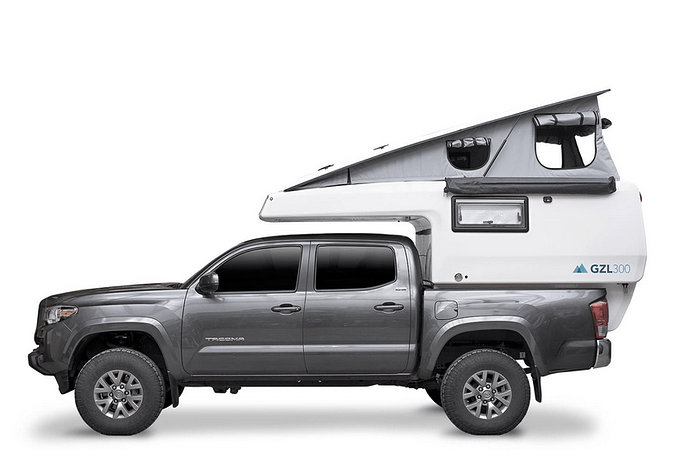
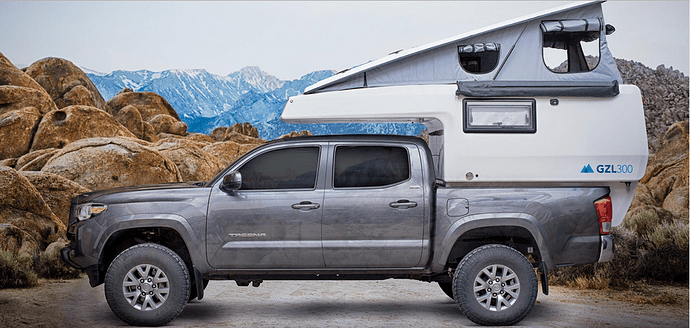

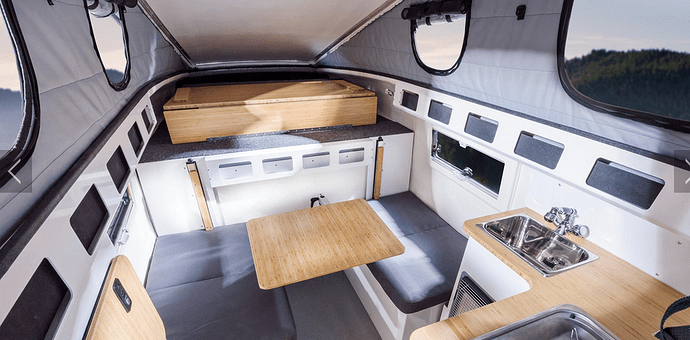
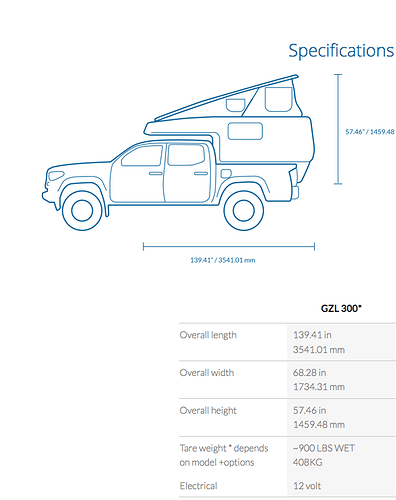
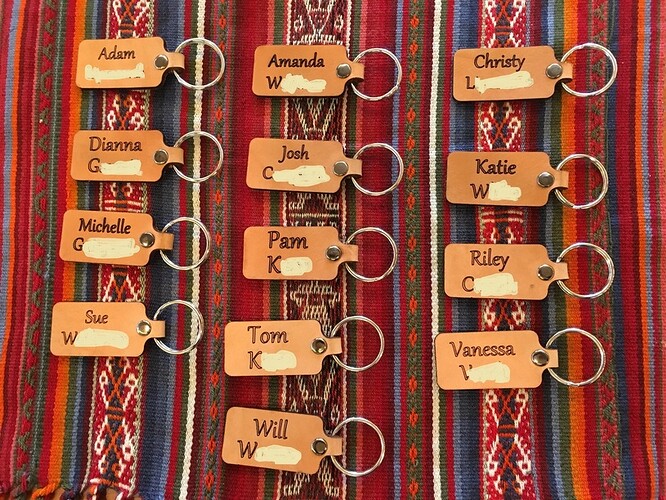
 'ers. I await my
'ers. I await my  materials and hope to exceed the projects that I’ve seen here.
materials and hope to exceed the projects that I’ve seen here.